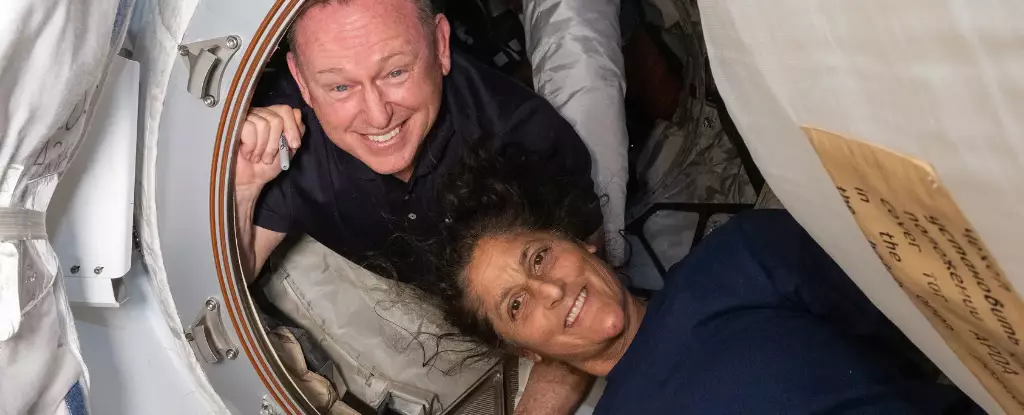In a remarkable turn of events, two American astronauts, Butch Wilmore and Suni Williams, have unexpectedly spent more time aboard the International Space Station (ISS) than initially planned. Originally scheduled for just an eight-day mission, these veteran astronauts have now been expatriates in the great beyond for over eight months, a development that raises significant questions about mission planning and contingency protocols in spaceflights. Their extended stay is primarily due to unforeseen propulsion issues with the Boeing Starliner spacecraft, which was intended for their return.
The unexpected delays prompted NASA to make crucial decisions regarding the astronauts’ safe return. In a statement released in August, NASA confirmed that the Starliner would return empty, marking a shift in strategy that had major implications for the astronauts’ timeline. In seeking a solution, NASA tapped Elon Musk’s SpaceX to facilitate the return of Wilmore and Williams, integrating a collaborative approach to space missions that reflects ongoing partnerships between government agencies and private corporations. Musk, known for his ambitious space endeavors, pledged to expedite their journey back home, reinforcing the often unpredictable nature of space exploration.
Recent updates from NASA indicated that the Crew-10 mission is now on schedule to launch on March 12, pending readiness. This rescheduled mission will utilize an already flown Dragon spacecraft named Endurance, instead of a brand new model, which demonstrates a pragmatic approach to resource utilization in spaceflight. Such adjustments illustrate the dynamic nature of space missions, where operational flexibility can mean the difference between timely returns and further delays.
Despite the unexpected duration of their mission, both Wilmore and Williams have managed to maintain high spirits. They reported they have sufficient food supplies and continue to engage in scientific research and experiments aboard the ISS. This reflects the resilience and adaptability of astronauts, who often face unforeseen challenges that test their endurance and morale.
It’s crucial to contextualize their experience within the broader history of human spaceflight. Wilmore and Williams’ extended stay is significant but still short of Frank Rubio’s extraordinary record of 371 days aboard the ISS, achieved earlier this year. Rubio’s experience sets a high benchmark for future long-duration missions, prompting discussions on the physical and psychological impacts of prolonged space habitation on astronauts’ health.
The predicament of Wilmore and Williams not only underscores the complexities and unpredictabilities of space missions but also highlights the collaborative efforts of NASA and private entities like SpaceX in addressing unforeseen challenges. Their resilience in the face of adversity serves as a testament to human adaptability, paving the way for future explorations beyond our planet.


Leave a Reply